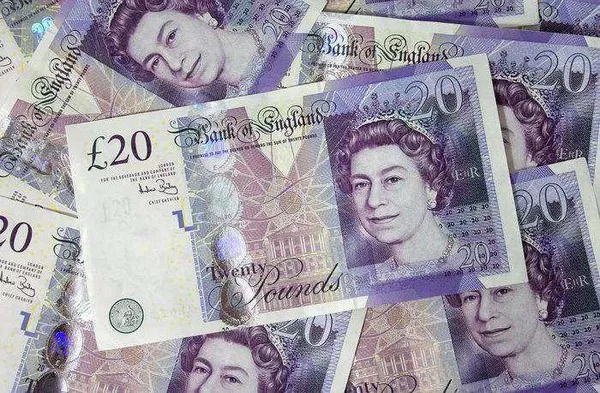GBP/USD fell for a third day in a row on Tuesday, the fourth day in a row in the previous five days, and fell to its lowest level since November 17 in Asia. GBP/USD is currently trading around 1.2420, with traders currently looking to UK monthly employment data to provide fresh impetus.
The change in the number of unemployment claims in the UK in March is expected to rise to 17,200 from the previous 16,800, with the unemployment rate rising from 3.9% to 4%. This could provide more evidence that the job market is cooling and reinforce expectations that the Bank of England (BOE) will cut interest rates at least four times this year starting in June, which would weigh on the pound (GBP) and send GBP/USD lower.
Meanwhile, the market’s immediate reaction to reports of unexpected strength may be limited as bullish sentiment on the dollar remains strong, supported by hawkish expectations from the Federal Reserve. Investors pushed back expectations of the Federal Reserve starting to cut interest rates from June to September following stronger-than-expected U.S. consumer inflation data. This has kept U.S. Treasury yields higher, supporting the dollar.
In addition to this, geopolitical tensions caused by ongoing conflicts in the Middle East are another factor that favors the dollar’s relative safe-haven status. This therefore suggests that GBP/USD has minimal downside resistance and any attempt to rebound in GBP/USD may now be viewed as a shorting opportunity. On Tuesday, traders will take further cues from U.S. macro data and speeches from Federal Reserve officials, including Chairman Jerome Powell.


